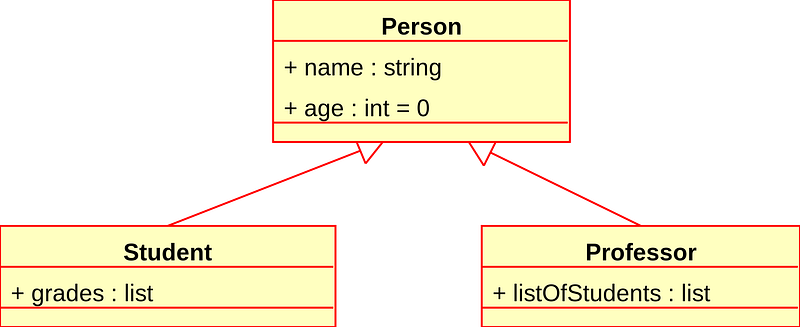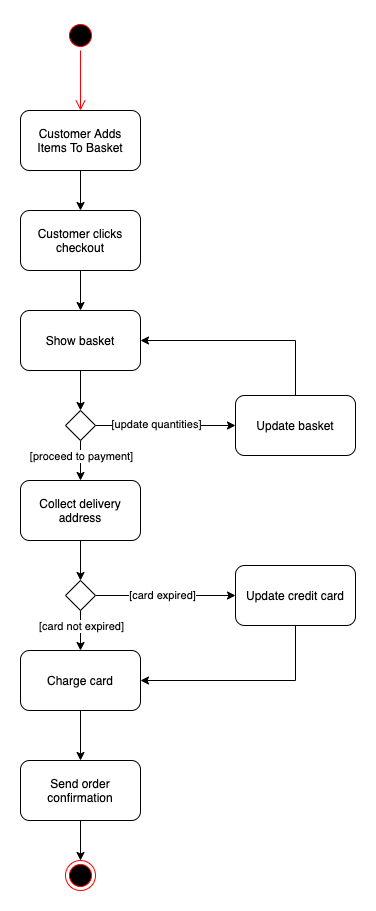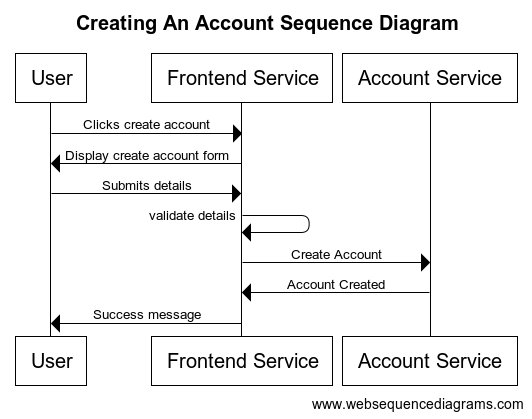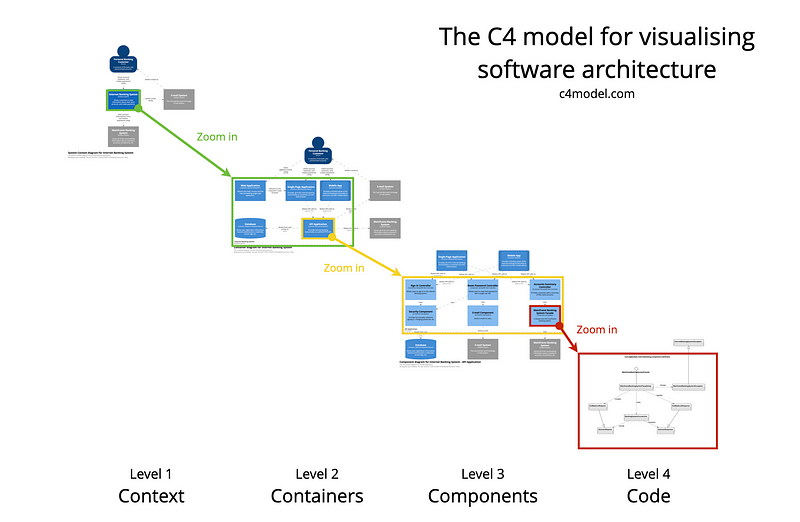Mastering Technical Diagrams: A Comprehensive Beginner's Guide
Written on
Chapter 1: Introduction to Technical Diagramming
Technical diagrams are essential tools that can significantly enhance communication and clarity in engineering. Regardless of whether you're a newcomer to the field or an experienced engineer, adopting diagramming skills can be beneficial at any stage of your career.
When I began my journey towards becoming a staff engineer, I quickly recognized the importance of diagramming. Colleagues frequently mentioned how diagrams simplified complex concepts, demonstrating their effectiveness as a communication medium. However, it's crucial to use diagrams correctly; poorly designed visuals can lead to confusion.
In this guide, I will outline the fundamentals of diagramming, introduce various types of diagrams suitable for different situations, and recommend tools to help you create effective visuals.
Section 1.1: Why Diagrams Matter
Before diving into the specifics of diagramming, it's important to understand why these visuals are so impactful. Imagine you're presenting an idea to a group; using slides is common for a reason — they make information more digestible. Diagrams serve a similar purpose, providing a clearer representation than text-heavy documents or verbal explanations.
Moreover, diagrams facilitate collaboration. When seeking feedback on a proposal, it's much easier to adjust a visual representation than to rework a lengthy document. Additionally, diagrams are versatile tools that can benefit engineers who primarily write code by enhancing their understanding of class structures.
Section 1.2: Common Types of Diagrams
We'll explore four diagram types, detailing their purpose and usage, along with examples to illustrate their application.
Class Diagrams
Class diagrams are part of the Unified Modeling Language (UML) and represent a collection of classes. They typically include:
- Class names
- Class attributes
- Class methods
- Relationships between classes
Example

When to Use Class Diagrams
Class diagrams are particularly useful in the planning phase, especially when you're uncertain about which classes to implement. These diagrams can be sketched quickly to outline your ideas, either individually or collaboratively, to gather initial feedback.
Activity Diagrams
Activity diagrams focus on the flow of processes rather than technical details. For instance, they can depict the customer journey during a purchase on a website.
Example

When to Use Activity Diagrams
These diagrams are ideal for the initial stages of a project to understand various scenarios. They can also be helpful when discussing workflows with non-technical stakeholders, ensuring that the system aligns with business requirements.
Sequence Diagrams
Sequence diagrams illustrate interactions between classes and systems, providing a high-level overview.
Example

When to Use Sequence Diagrams
These diagrams are excellent for outlining high-level designs, whether for classes or system interactions. Their straightforward nature makes them suitable for presentations, enabling quick comprehension of proposals.
The C4 Model
The C4 model is an alternative approach to UML, allowing for varying levels of detail. It consists of four abstraction levels:
- Context View: Shows user interactions with systems.
- Container View: Details deployable units.
- Component View: Highlights modules within containers.
- Code View: Represents classes and their interactions.
Example

When to Use the C4 Model
The C4 model is particularly beneficial for designing new systems or making major changes to existing architectures. It captures comprehensive architectural details, making it easier to communicate with both technical and non-technical colleagues.
Chapter 2: Getting Started with Diagramming
Initially, diagramming may seem challenging, especially in terms of layout and clarity. Here are a few tips to ease the process:
- Familiarize yourself with UML and the nuances of diagram types.
- Start with sequence diagrams, which are simpler and applicable in various contexts.
- Tailor your diagrams to the audience's technical level.
- Always include titles and sufficient detail to ensure clarity.
- Gather feedback from peers before finalizing your diagrams.
Tools for Diagramming
Here are two effective tools to consider for creating diagrams:
- Diagrams.net (formerly draw.io): A user-friendly interface suitable for various diagram types.
- WebSequenceDiagrams: Ideal for quickly generating sequence diagrams using simple syntax.
Summary
When utilized effectively, diagrams can serve as powerful visual aids. Don’t worry if your initial attempts aren't perfect; with practice, you can enhance your diagramming skills, ultimately improving your communication and architectural capabilities.
In the first video, "Learn the Basics of Technical Drawing," you will explore essential concepts and techniques for effective technical drawing.
The second video, "The Basics of Reading Engineering Drawings," provides insights into understanding and interpreting engineering diagrams effectively.